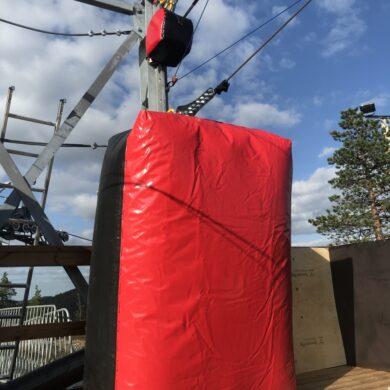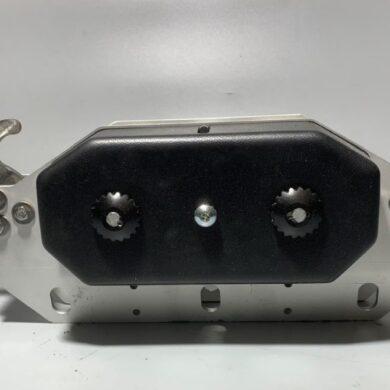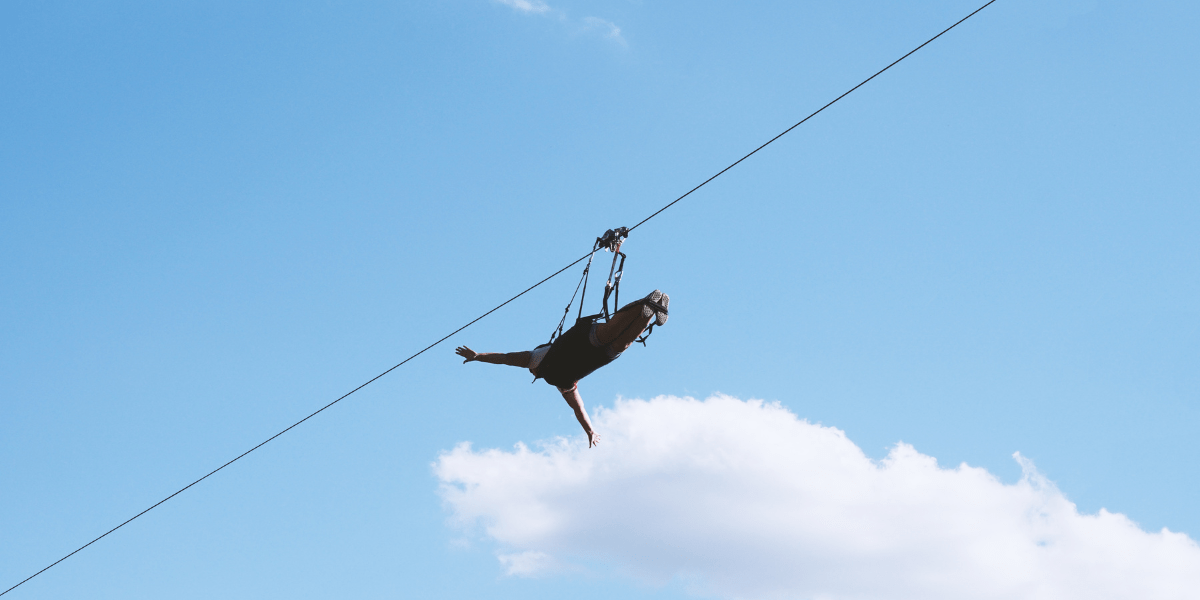
Ziplines offer an exhilarating and scenic experience, but their design and engineering require a meticulous approach to ensure rider safety and enjoyment. This comprehensive guide delves into the key factors that contribute to a successful and thrilling zipline operation.
Structural Force Analysis: The Foundation of Safety
A robust zipline system is paramount to safeguarding riders. Structural force analysis plays a critical role in assessing the forces exerted on the zipline cable, towers, and support structures. This analysis considers factors such as rider weight, speed, and the length and incline of the zipline route.
By carefully evaluating these forces, engineers can determine the appropriate cable specifications, tower placement, and anchor points. This proactive approach safeguards against potential structural failures, ensuring that the zipline system can withstand the rigors of operation.
Tailoring the Thrill: Rider Velocities and Kinetic Forces
Understanding rider velocities and kinetic forces is essential for crafting an enjoyable and safe zipline adventure. Rider velocities are influenced by factors like cable length, incline, and rider weight. Overly high or low speeds can affect comfort and safety.
Kinetic forces, on the other hand, arise from the rider’s movement and can vary depending on the cable angle and rider position. These forces, if not properly accounted for, can lead to discomfort or injury.
By carefully analyzing rider velocities and kinetic forces, engineers can optimize the zipline experience, ensuring that riders experience a thrilling but comfortable ride without compromising safety.
Navigating Windy Rides: Embracing Crosswinds, Tailwinds, and Headwinds
Wind plays a significant role in the zipline experience, influencing rider speed and stability. Crosswinds, tailwinds, and headwinds can affect the zipline’s performance, demanding careful consideration during the design phase.
Crosswinds, perpendicular to the zipline’s direction, can increase or decrease rider speed, while tailwinds accelerate the ride and headwinds slow it down. By analyzing wind patterns and their impact on the zipline system, engineers can optimize cable tension, support structures, and other design elements to mitigate wind’s effects and ensure a consistent and enjoyable ride for all.
The Backbone of Thrills: Cable Specifications, Tensions, and Safety Margins
The zipline cable serves as the backbone of the system, carrying the weight of riders while maintaining structural integrity. Selecting the right cable specifications, tensions, and safety margins is critical for ensuring a safe and enjoyable ride.
Cable specifications encompass factors like diameter, strength, and material. The diameter determines the cable’s load-carrying capacity, while the strength and material influence its resistance to abrasion and environmental factors.
Cable tension is crucial for maintaining the cable’s stability during operation. Too much tension can cause the cable to snap, while too little tension can lead to sag and potential safety hazards.
Safety margins are added to the cable specifications and tensions to account for unforeseen circumstances and provide an extra layer of protection. These margins ensure that the zipline system can withstand unexpected loads or stresses, safeguarding riders from potential mishaps.
Emergency Arrest: A Last Line of Defense
Even with careful design and engineering, unforeseen circumstances can arise. Emergency arrest devices serve as a crucial safety net, ensuring rider safety in case of system malfunctions or operator error.
Secondary braking systems, which work in conjunction with primary braking systems, are designed to slow down or stop the rider in the event of an emergency. These systems can include friction brakes, mechanical stops, or other mechanisms tailored to the specific zipline design.
Dampening systems, on the other hand, absorb the impact of the rider’s landing, minimizing the risk of injury. These systems, such as shock absorbers or cushions, reduce the force of the rider’s impact upon landing, ensuring a safe and comfortable disembarkation from the zipline.
By incorporating effective emergency arrest devices, engineers can transform ziplines into safe and enjoyable adventures, even in the face of unexpected challenges.
Harnesses and Trolleys: Comfort and Efficiency
The selection of harnesses and trolleys plays a significant role in rider comfort and safety. Harnesses should be adjustable and fit riders of varying sizes and weights, ensuring a snug and secure fit. Trolleys should be durable, lightweight, and designed to smoothly glide along the zipline cable, minimizing rider fatigue and maximizing ride enjoyment.
Harnesses should also feature safety features like quick-release buckles and leg loops to ensure quick and easy removal in case of emergency. Trolleys should be equipped with effective braking systems to control rider speed and ensure a smooth, controlled landing.
Site-Specific Operations and Maintenance: Ensuring Long-Term Safety and Efficiency
Thorough site-specific operations and maintenance manuals are essential for ensuring the long-term safety and efficiency of zipline operations. These manuals should provide detailed instructions on the operation, inspection, and maintenance of all zipline components, including the cable, towers, trolleys, harnesses, and braking systems.
Operational manuals should detail procedures for launching and stopping the zipline ride, as well as guidelines for rider behavior and safety. Maintenance manuals should provide instructions for inspecting cable wear and tear, trolley functionality, and harness integrity.
Regular inspections and maintenance are crucial for preventing wear and tear, identifying potential hazards, and ensuring that the zipline system operates safely and efficiently.
Throughput Analysis: Optimizing Rider Flow and Profitability
Throughput analysis is a critical aspect of zipline design and engineering that focuses on optimizing the number of riders that can be successfully transported through the system in a given timeframe. This analysis helps to identify bottlenecks and inefficiencies, allowing operators to make adjustments to improve efficiency and profitability.
Factors such as cable length, incline, rider weight, and braking systems all play a role in determining the system’s throughput capacity. By carefully analyzing these factors, engineers can design and operate ziplines that efficiently transport riders while maintaining safety and enjoyment.
By combining meticulous design and engineering with a focus on safety, efficiency, and rider comfort, zipline operators can create thrilling and memorable experiences for their guests.
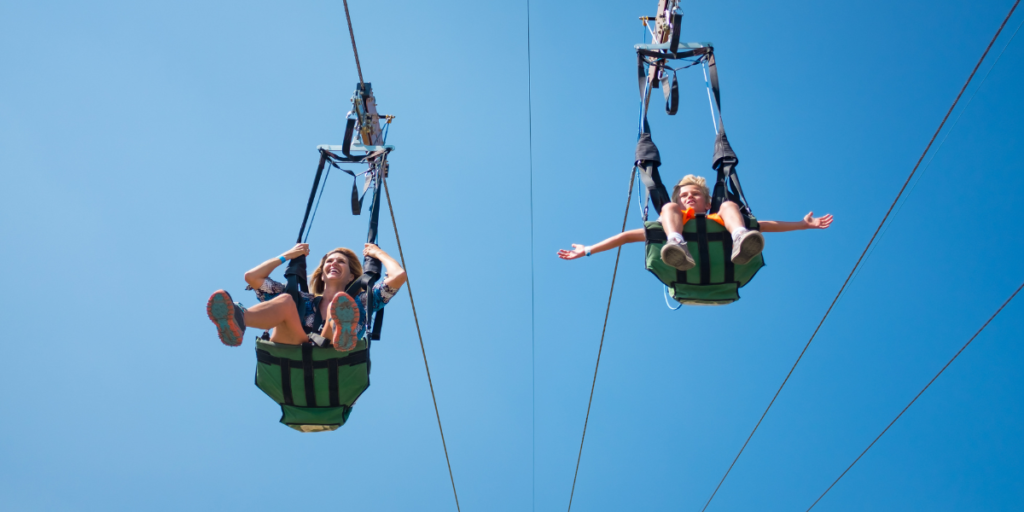
Beyond the Basics: Unveiling Zipline Technology with Expert Analysis
Intrigued by the potential of Zipline technology? You’ve come to the right place! This article provides a solid foundation. But if you’re eager to delve deeper and gain insights from industry experts, keep reading…
- Zip Line Design: Components for a Complete System
- Considering operating and investing in a zipline?
- 9 Zipline Mistakes You Don’t Know You’re Making
- Magnetic Zipline Braking: A Revolutionary Way to Ensure Safe Rides
- Pros and Cons of Different Zip Line Brakes
- Expert Tips for Zip Line Brake Installations
- White Paper on Zipline Emergency Arrest Devices (EAD)
- The Importance of Optimizing Zip Line Design for Rider Speed
- Does your zip line need an emergency arrest device?
- The Magnetic Self-braking Zipline pulley
- Zipline Braking and landing considerations
- Why Zip Line Trolley Bearings Matter
- Whitepaper: Zipline Braking Dynamics
- Zip Line Installation: Give them the Best Ride
- How to startup a Successful Zip Line Business
-
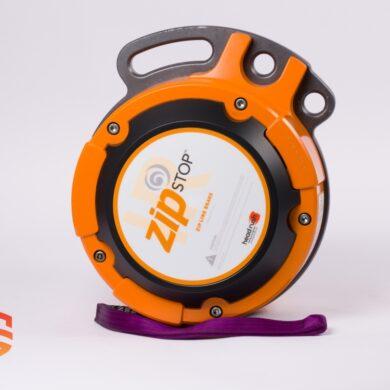 zipSTOP IR Zipline Brake | 24 – 60 kph€ 5.649,00 – € 5.799,00 Ex VAT
zipSTOP IR Zipline Brake | 24 – 60 kph€ 5.649,00 – € 5.799,00 Ex VAT -
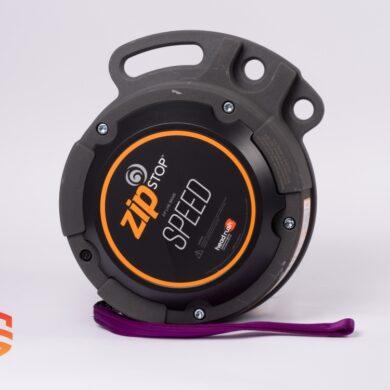 zipSTOP SPEED Zipline Brake | 50 – 72 kph€ 6.099,00 – € 6.349,00 Ex VAT
zipSTOP SPEED Zipline Brake | 50 – 72 kph€ 6.099,00 – € 6.349,00 Ex VAT -
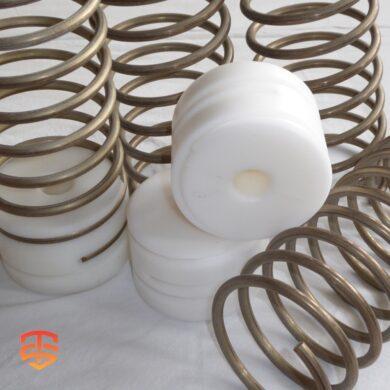 Spring Brake System | Primary & EAD zipline brake€ 80,00 Ex VAT
Spring Brake System | Primary & EAD zipline brake€ 80,00 Ex VAT

